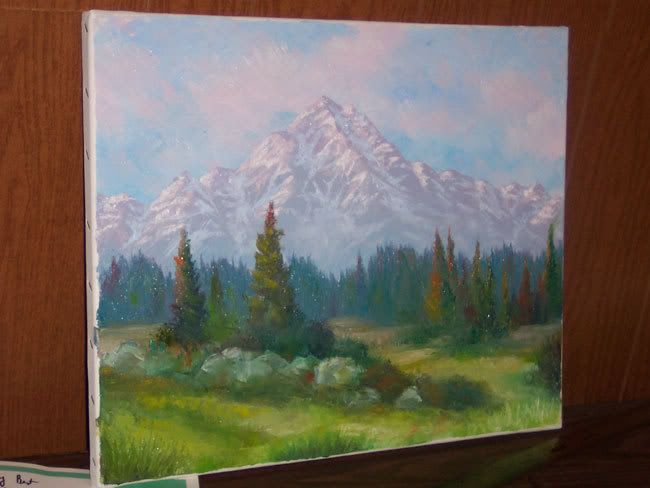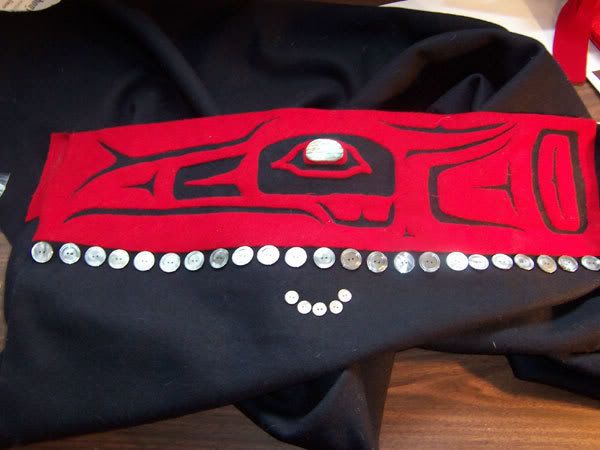
The Bengal is one I did as a demo at the Oldfield Center during the Western Washington Fair. The lighting where I was working was less than optimal, and I really struggled with the tiny details and getting the color the way I wanted it. I need to practice more at Big Cats.

The kudu I am more happy with. It's amazing how much difference a good light can make in how comfortable you are in working. This one was done as a fundraiser for the District Campership program for the Boy Scouts. Anyone who has been through Wood Badge will quickly recognize the symbols here.



